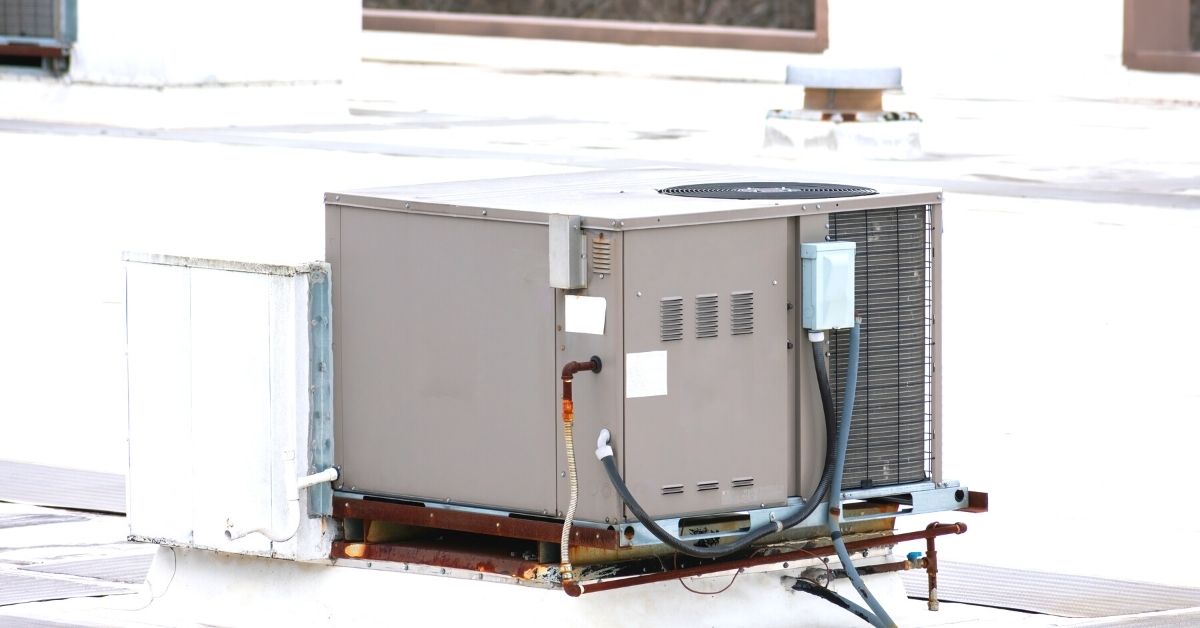By Darren Leins and Steve Liles | October 28, 2021
Strong winds, heavy rains, scorching sun, and massive snowfall take a toll on every roof, no matter the age of the structure. Regular inspection and maintenance can forestall most problems, but when Mother Nature is the cause for significant damages, a roof assessment ahead of repair is necessary.
A timely and thorough assessment does three things. It reduces repair costs, mitigates the effect of COVID-19 supply shortages and establishes the scope of repairs for the project.
What Goes into a Roof Assessment?
It all begins with an on-site inspection. While technology is great for taking measurements, to properly evaluate the damage your construction consulting team must walk on the roof to determine if the measurements are accurate, take photos, note pipe and HVAC penetrations and more.
The use of estimating software helps determine total costs for labor, material, debris removal, and other services. To properly assess the damage and estimate repair costs, local code requirements and roof membrane preparation must be considered as well as how to select the right product for retrofit, and how the cost of repair is determined.
8 Considerations for Assessing Roof Damage and Estimating Repair Costs
Because every roof is unique, consider these eight factors in assessing a roof’s damage to properly determine the cost of repair.
Consideration #1: What’s the roof made of?
The first step in assessing repair cost is to learn what the existing roof assembly is made up of, including mapping out the insulation and base structure. The assessment must include different materials and cost of the roof type, the pitch and height of the roof, as well as specific material requirements set by local officials.
Material costs and requirements will often vary by location, and can make a big difference in the estimation. For example, a recent roof estimate in Michigan cost $20k more to replace than a similar roof just across the border in Indiana. True, this is an extreme example but local rules and regulations including union labor as well as pricing play a significant role in materials and labor estimating.
Consideration #2: Don’t forget local and IECC code requirements.
The International Energy Conservation Code (IECC) guidelines are the foundation for state or municipality building requirements. Local jurisdictions will adhere to varying IECC versions. It’s not uncommon to have municipalities which have adopted different versions of the IECC. The cost, labor and materials difference between the two when it comes to repairs can be significant.
Consideration #3: Moisture changes the game.
Moisture penetration into roofing insulation and membranes are detrimental to a roof. To effectively repair the structure, some municipalities rule that even minimally damaged roofs must be totally replaced if the assembly is wet. A licensed roofer won’t repair a wet roof surface but will require it to dry before doing any repair work.
Consideration #4: Rooftop equipment must be planned for.

Any HVAC equipment, solar panels or skylights in the roof may need to be replaced or re-installed while repairing or replacing a roof. While most of those costs are included in the assessment, factors like manufacturer specifications may also need to be taken into consideration. For example, some manufacturers require their solar panels to be taken down and reinstalled to ensure their warranty stays intact.
Consideration #5: Roof accessibility issues.
An inaccessible roof can increase the costs of repairs. For example, a downtown location will present access issues, including how to get the material onto the roof and how to get the old material off the roof. A remote location can add costs for transportation, materials and labor.
Consideration #6: Supply chain challenges.
While business is starting to rebound from the pandemic, global supply chain issues remain. Products are being manufactured and there are massive delivery delays and increased costs in obtaining certain materials.
Consideration #7: Matching materials can impact repair cost.
Local and state edicts will determine whether you’ll need matching materials to create a uniform roof appearance for a roof repair. But what if only part of a roof is damaged, and the carrier cannot match the same material? Again, the laws differ for each state. Some states require the entire roof to be replaced, while others may simply require the use of similar materials.
Consideration #8: Location can delay the timeframe of a repair.

Like real estate, where you live matters when it comes to roof repair. Cold weather may limit the methods of both roof repair and replacement which may be utilized by contractors. Many contractors in the north will not install a roof coating after November 1 due to unpredictable weather patterns.
Closing Thoughts
A comprehensive roof damage assessment is critical to determine accurate project costs and to plan your response. Assessments supported by accurate information will help lead to a timely allocation of resources and successful restoration.
Contact RMC Group for help with roof damage assessments and cost estimates.
